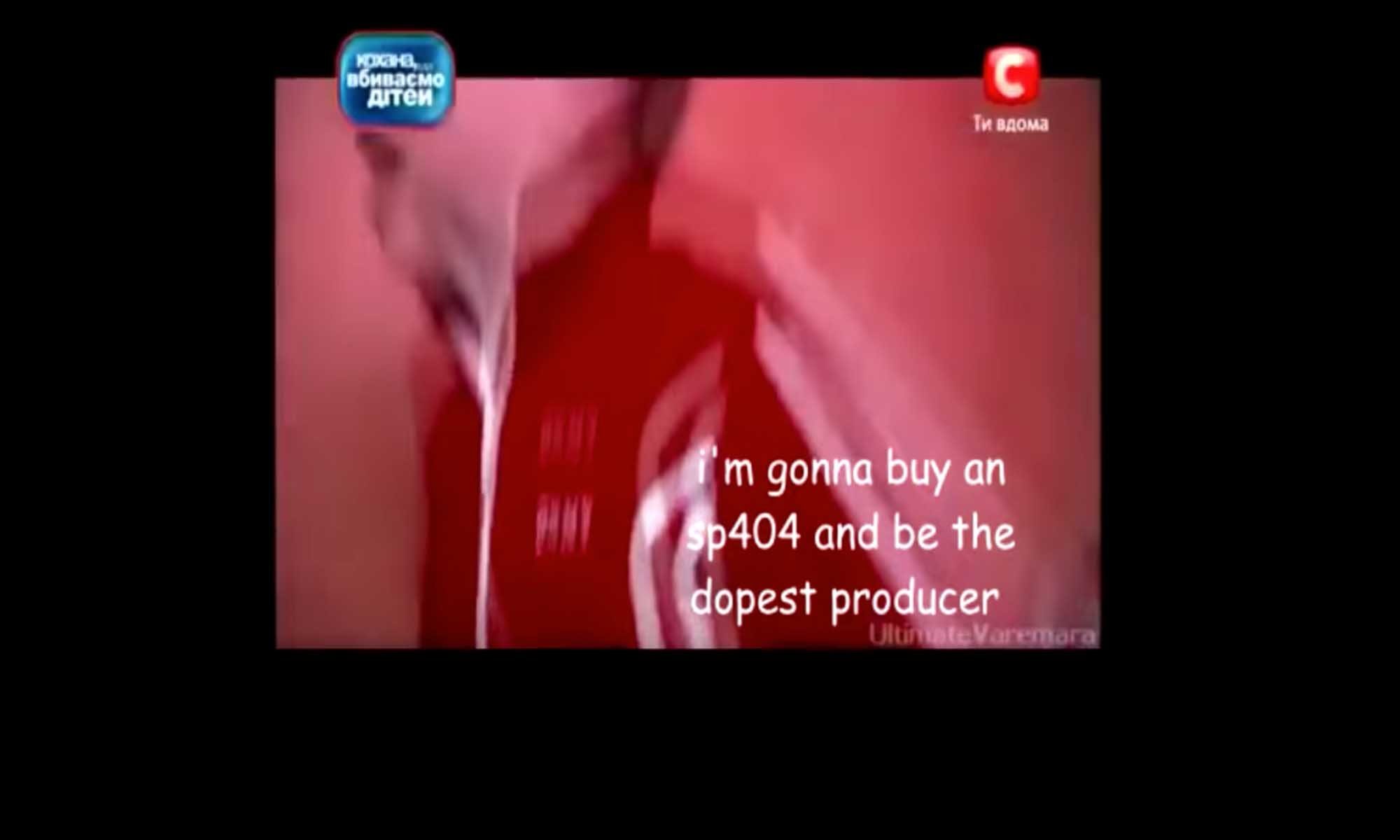Designing for the Digital Age
“We shape the world to suit ourselves”
The article begins with a statement of how we used to design, however with the way the world is changing, we have to be forward thinking and find a solution to cohabit with the planet we live in. Design methods that may be destructive where design practices may not be ethical or environmentally sustainable. Not only in the final product but the process of prototyping and product testing. In the age of environmental degradation and dwindling natural resources, we have to keep the environment in mind when designing, understanding how much resources will be required when the product is in place and how they will exist in the world after the are created, used and disposed. Products created with “environmentally friendly products” or creating products that last a lifetime and thus reducing waste?
Designers should train themselves to understand the workflow of the builder, hearing their needs and concerns and keeping them in mind when designing a product. Can you translate the imagery into a physical prototype? In what medium works best to describe the form and features of the product to the builder? The builder is unable to see inside your mind, thus you are required to understand their language and translate your thoughts into a common language.
Designing beyond yourself extends into the reading’s introduction to Alan Cooper’s Goal Directed Design. “we can design every aspect of the environment to encourage an optimal experience, but since each person brings her own attitudes, behaviours, and perceptions to any situation, no designer can determine exactly what experience someone has” With goal directed design, personas are created to emulate the behaviours and responses of various target audiences. Although it may seem to be all inclusive theoretically, I feel that it is almost impossible to categorize a whole population of users into a few channels of traits. The dynamics of certain categories may function and behave differently in a community at the other side of the globe due to cultural and contextual differences. Designers have to accept that when they create a product, it may reach beyond the community they serve and keep that in mind when creating.
Social Practice Art

The article begins with a sentiment that I agree so strongly with. Why do artists “recreate” a situation of a social issue with intention of “creating awareness” when that is not what the community in mind requires? What does awareness even do to an audience if they can have the same information fed to them through various other mediums of media? Social Art is mostly still exhibited in commercial galleries where all the talks and the money circulates between the art collectors and the artists, using the targeted community just as a talking point.
This sentiment was brought up again in the article where the patron list for the Project Row Houses listed big companies such as the Bank of America which are one of the roots contributing to the housing issues in that community. Big companies use these non-profit, for community programmes as a PR opportunity to fulfil their Corporate Social Responsibility agendas. Instead of the companies supporting the goal by fixing the problems the contribute to it, they use the image of donating and supporting such causes to show their “support and belief” into the programme. Why would you invest money into a programme that is helping the people who are suffering but not use the money to prevent it from happening in the first place.
Art as a social practice is a big trend as audiences have their opinions swayed easily in the social justice era of the internet. Social practice pieces have the power to spread through the internet at an alarming speed through social media platforms like facebook, twitter, youtube etc. Artists recognise the power of the internet and often use it as a tool for support and backing, as people are generally moved by a powerful image. With more eyes on the work, your name as an artist grows and the potential of breaking into the commercial market also increases. Creating work for a social cause growingly becomes a trend and the question of it’s sincerity comes into the picture.
How much does an artist actually care and give to a community if they can be all for a single social cause for one work, but be talking about a totally different situation in the next month?




